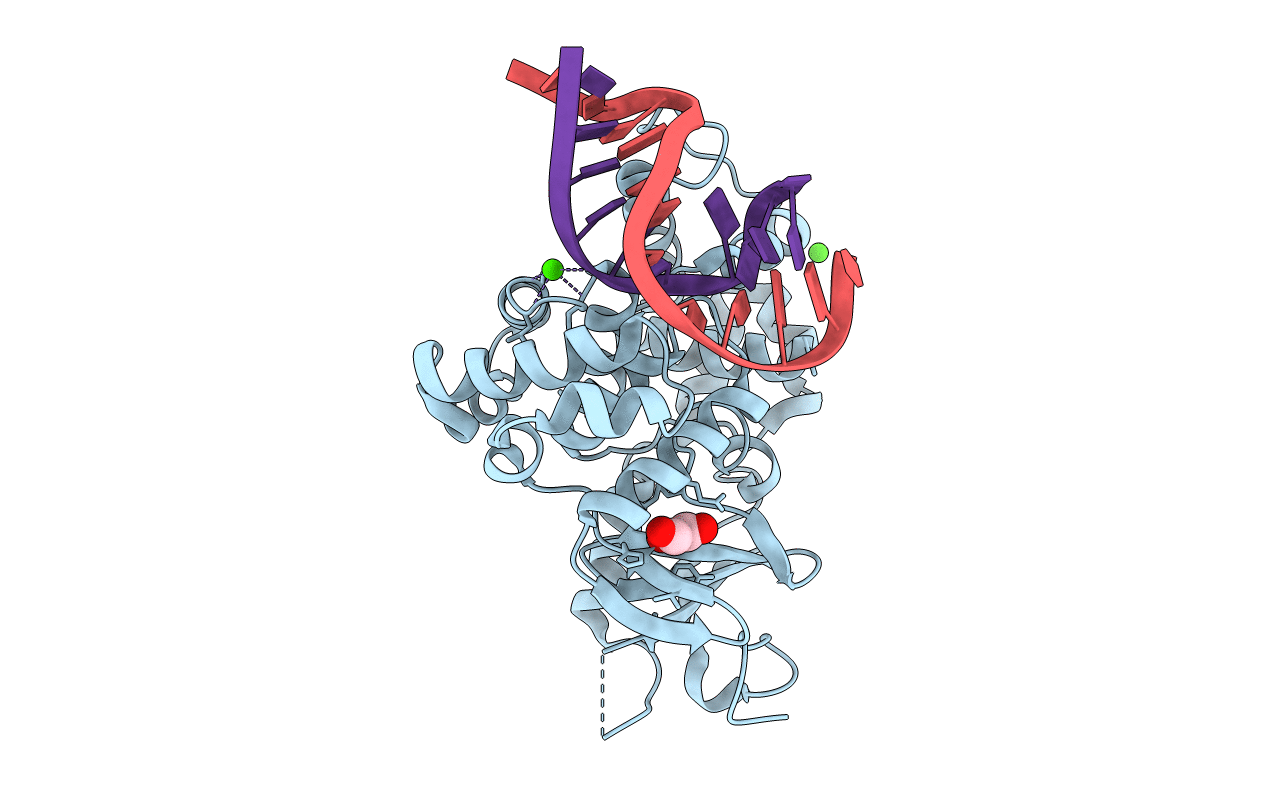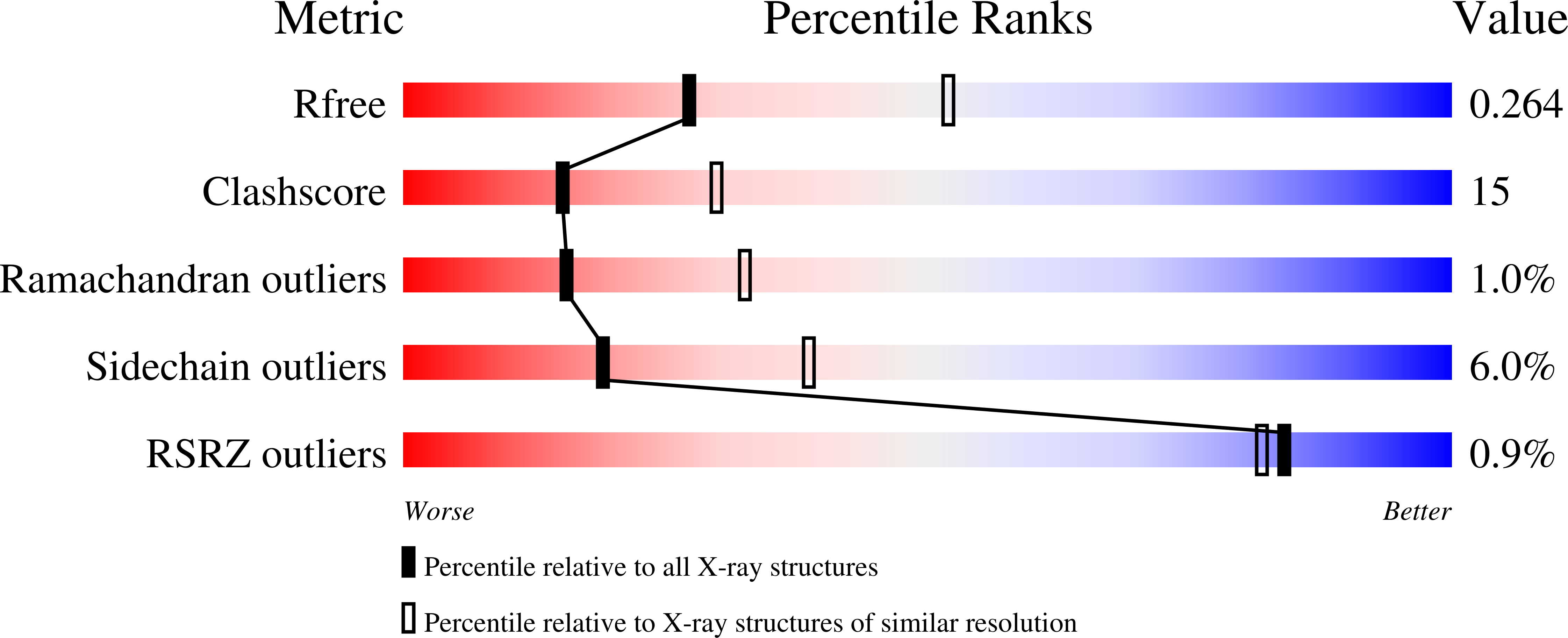
Deposition Date
2006-08-26
Release Date
2006-10-17
Last Version Date
2024-02-21
Entry Detail
PDB ID:
2I5W
Keywords:
Title:
Structure of hOGG1 crosslinked to DNA sampling a normal G adjacent to an oxoG
Biological Source:
Source Organism:
Homo sapiens (Taxon ID: 9606)
Host Organism:
Method Details:
Experimental Method:
Resolution:
2.60 Å
R-Value Free:
0.26
R-Value Work:
0.22
Space Group:
P 65 2 2


